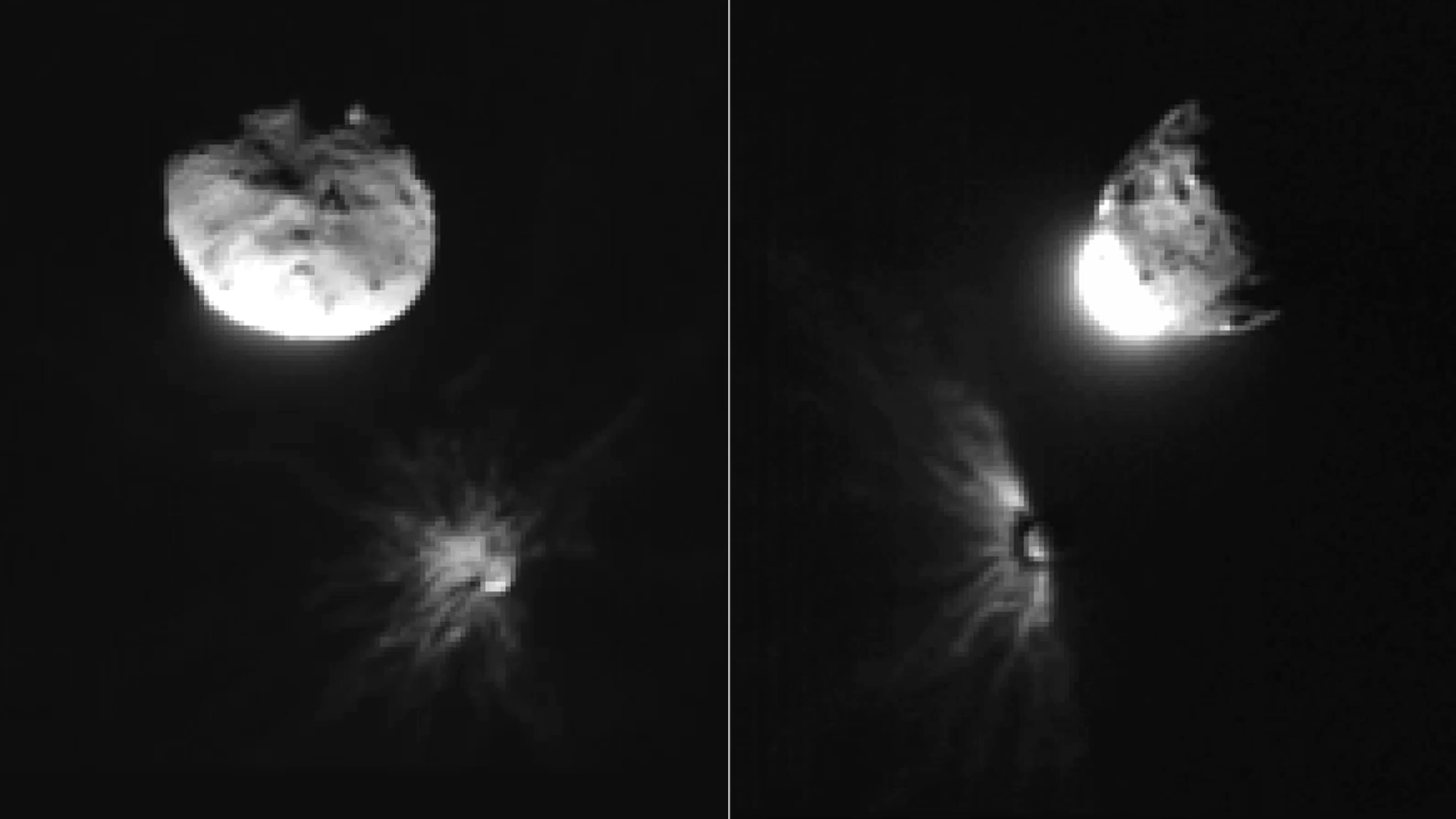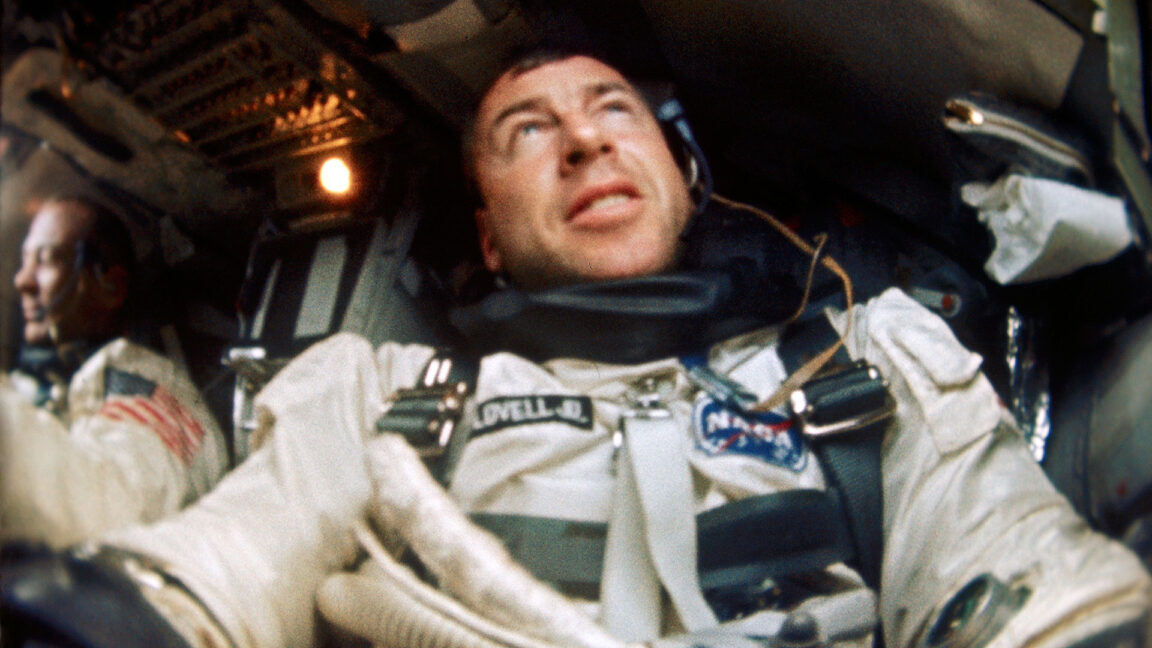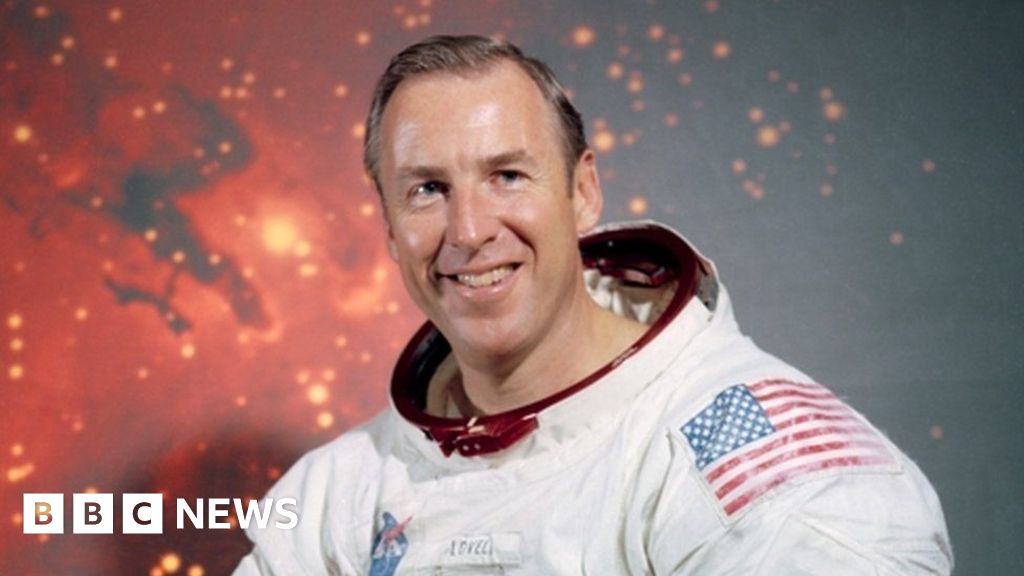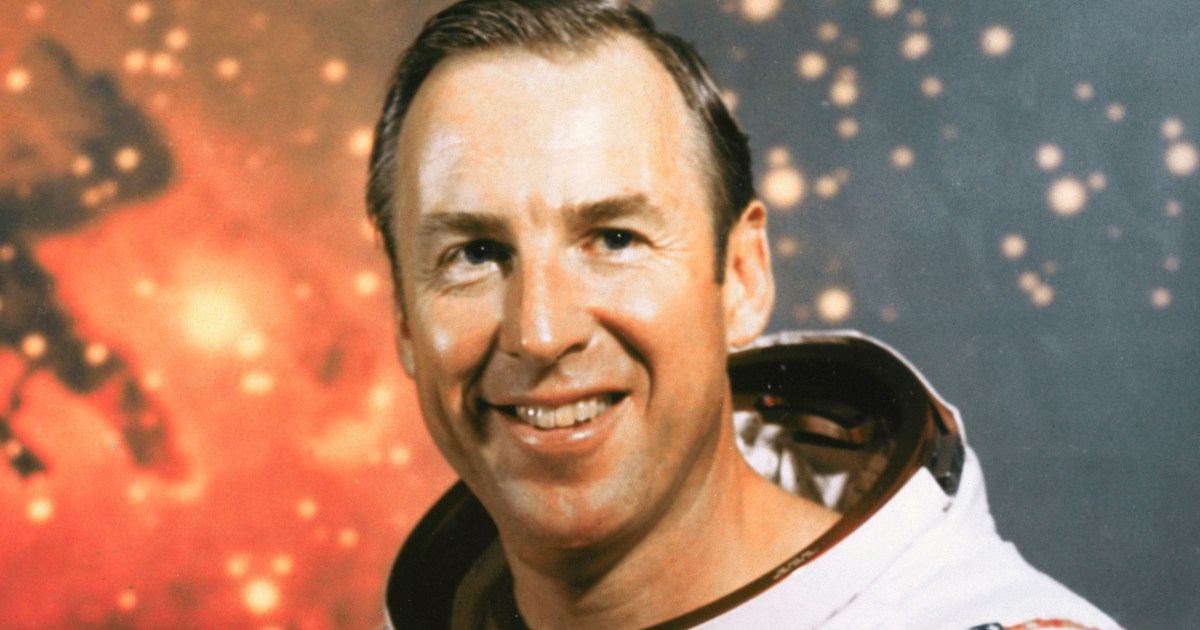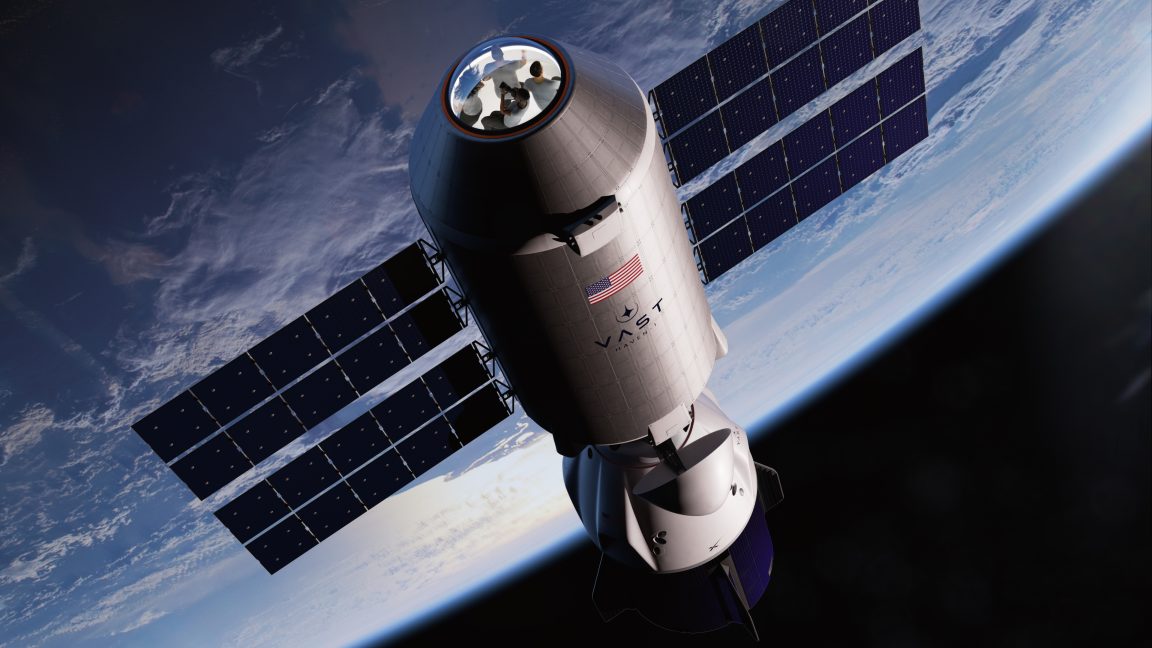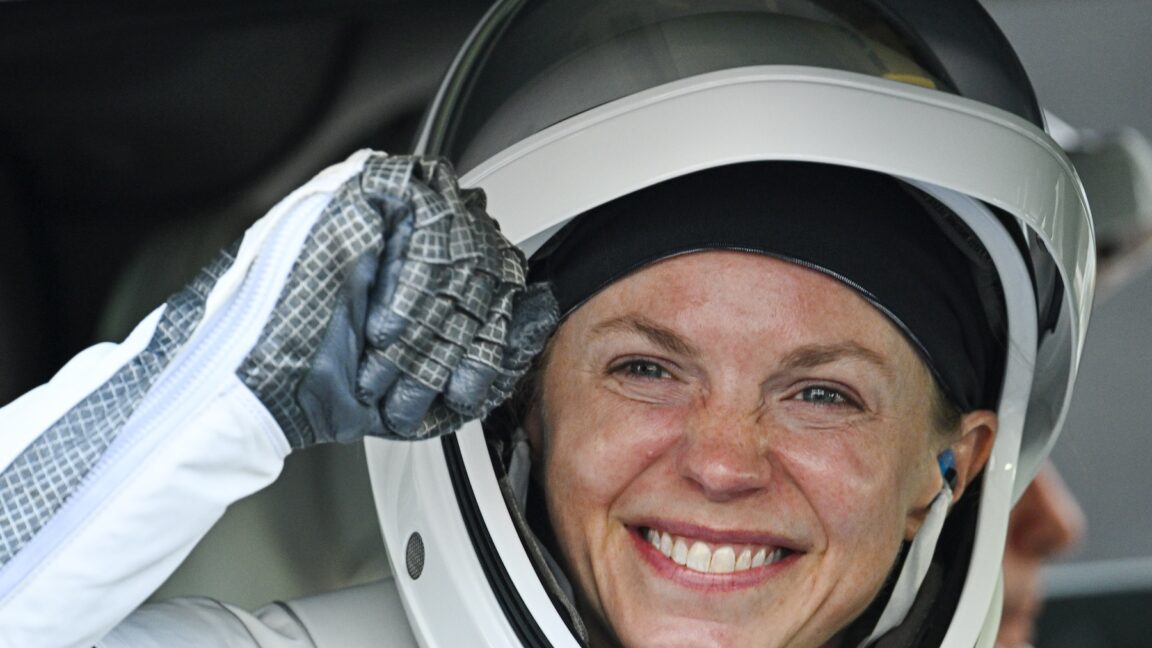NASA Launches Sounding Rockets to Study Upper Atmosphere
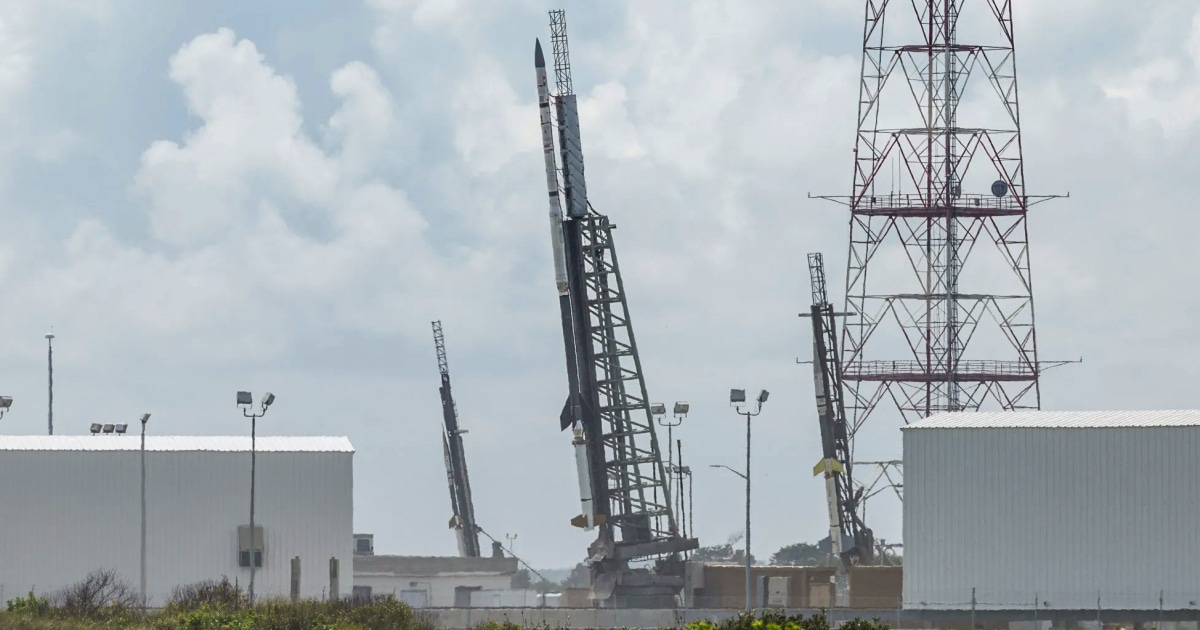
Introduction
NASA is set to launch three small rockets into the upper atmosphere late Monday, and some people on the East Coast may be able to see colorful vapor trails that will be released shortly after liftoff. These rockets, known as sounding rockets, are used for scientific research and are expected to create a spectacular display in the night sky.
Key Details
The three rockets, named Terrier-Improved Malemute, Terrier-Improved Orion, and Terrier-Improved Orion, will be launched from the Wallops Flight Facility in Virginia. Each rocket will release a different type of vapor, resulting in different colors and patterns in the sky. The vapor trails will help researchers study the movement of particles and gases in the upper atmosphere, providing valuable insights into Earth's ionosphere and magnetic field. The launch is a part of NASA's Anomalous Transport Rocket Experiment (ATREX) mission, which aims to better understand the dynamics of the upper atmosphere.
Impact
The colorful display is expected to be visible from New York to North Carolina, with the best viewing opportunities being along the East Coast. This event not only provides an exciting visual experience for the public, but it also highlights the important research being conducted by NASA. These sounding rockets are crucial for gathering data and advancing our understanding of our planet and its atmosphere. So, if
About the Organizations Mentioned
NASA
The National Aeronautics and Space Administration (NASA) is the United States’ premier civil space agency, responsible for the nation’s civilian space program, aeronautics research, and aerospace technology development[1][2]. Headquartered in Washington, D.C., NASA operates ten major field centers across the country and employs nearly 18,000 civil servants, supported by an extensive network of contractors, academic institutions, and international partners[1][2]. Since its establishment in 1958, NASA has revolutionized humanity’s understanding of the cosmos, pioneered technological advancements, and shaped global space policy. ## History and Key Achievements NASA was created in response to the Soviet Union’s 1957 launch of Sputnik, with the goal of ensuring U.S. leadership in space exploration. It succeeded the National Advisory Committee for Aeronautics (NACA) and quickly became the driving force behind iconic programs such as Project Mercury (America’s first human spaceflight program), Project Gemini (which developed techniques for space rendezvous and extravehicular activity), and the Apollo program, which landed astronauts on the Moon between 1969 and 1972[1]. The agency also developed the Space Shuttle, the world’s first reusable spacecraft, and built the International Space Station (ISS), a symbol of international collaboration and scientific research[1][5]. NASA’s robotic exploration has been equally transformative, with over 1,000 uncrewed missions investigating Earth, the Moon, Mars, and beyond. The agency’s fleet of observatories—including the Hubble Space Telescope and the James Webb Space Telescope—has provided unprecedented views of the universe, from the birth of stars to the detection of exoplanets[1]. The Perseverance rover is currently searching for signs of ancient life on Mars, while New Horizons explored Pluto and the outer solar system[1]. ## Current Status and Notable Aspects Today, NASA is advancing the Artemis program, aiming to return human
Wallops Flight Facility
**Wallops Flight Facility (WFF)** is a NASA-operated launch and research center located on Wallops Island, Virginia, primarily managed by NASA's Goddard Space Flight Center. It provides *agile, low-cost flight and launch range services* that support government, commercial, scientific, aerospace, and defense sectors with a broad range of capabilities, including research aircraft, unmanned aerial systems, scientific balloons, and suborbital and orbital rockets[1][2][5]. Founded in 1945, Wallops Flight Facility launched its first missile, the Tiamat, on July 4 of that year. It played a key role in early space exploration by supporting Project Mercury, including sending rhesus monkeys aboard Little Joe rockets to study spaceflight stress effects[1]. It also launched the first scientific satellite from Wallops, Explorer IX, in 1961[1]. Over the decades, WFF has become NASA’s only facility that is both a launch range and a research airport. Wallops hosts six launch pads, three launch control blockhouses, and extensive ground facilities for assembling and testing rockets and hazardous materials. Its research range includes radar, telemetry, and tracking systems, plus advanced photographic and video services for launch monitoring and analysis. The on-site research airport has three FAA-certified runways equipped for various aerospace research projects[2]. WFF is also home to the *Mid-Atlantic Regional Spaceport (MARS)*, a commercial launch site licensed by the FAA, which supports small- and mid-class launch vehicles for orbital and interplanetary missions[6]. The facility partners with the U.S. Navy, NOAA, FAA, Virginia Space, and others, exemplifying a *multi-user, multi-tenant model* to optimize aerospace capabilities[1][4]. The adjacent Wallops Research Park fosters collaboration among NASA, local government, and academia to stimulate science and technology innovation and regional economic development[3]. Wallops continues to be a critica

